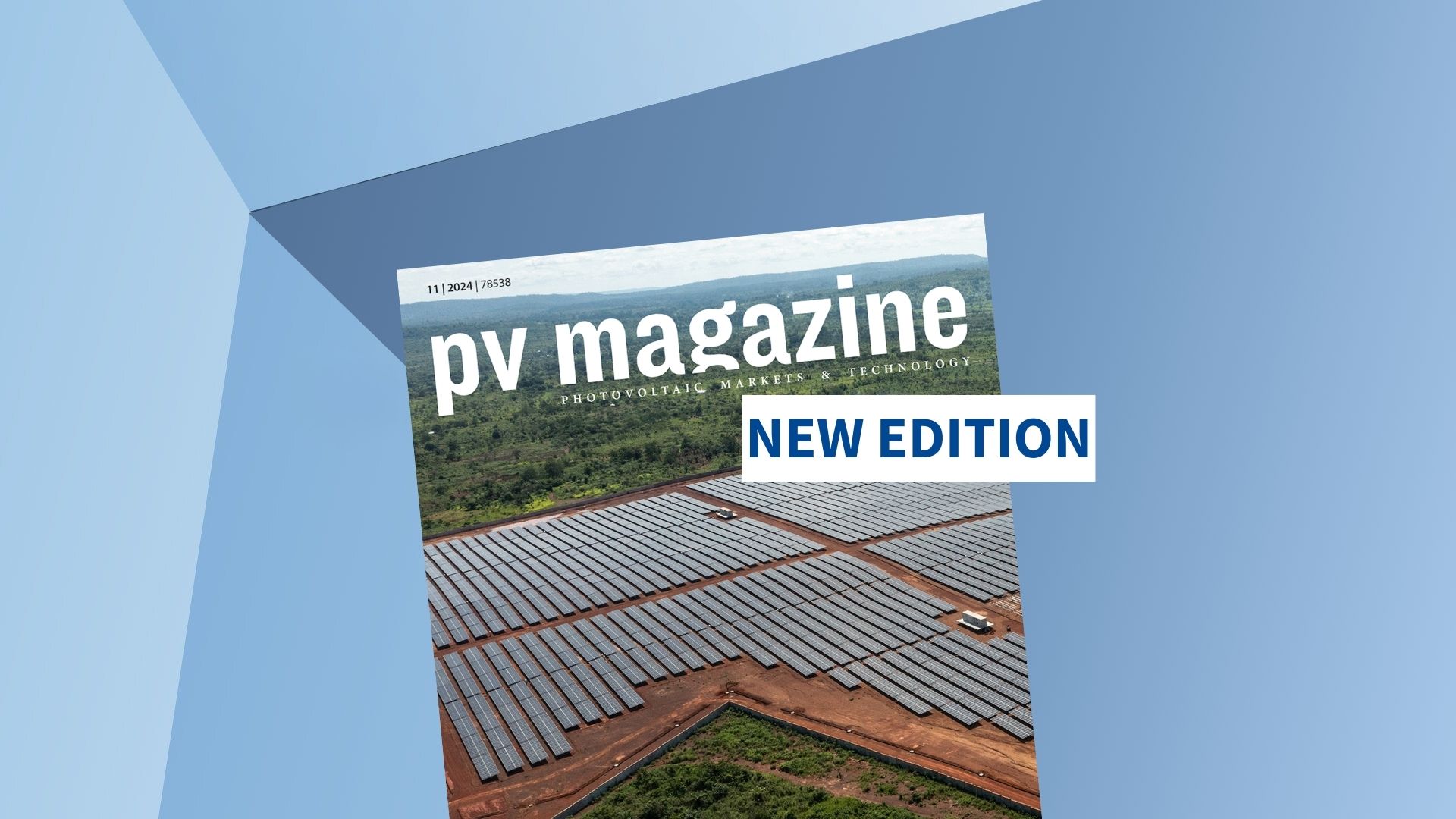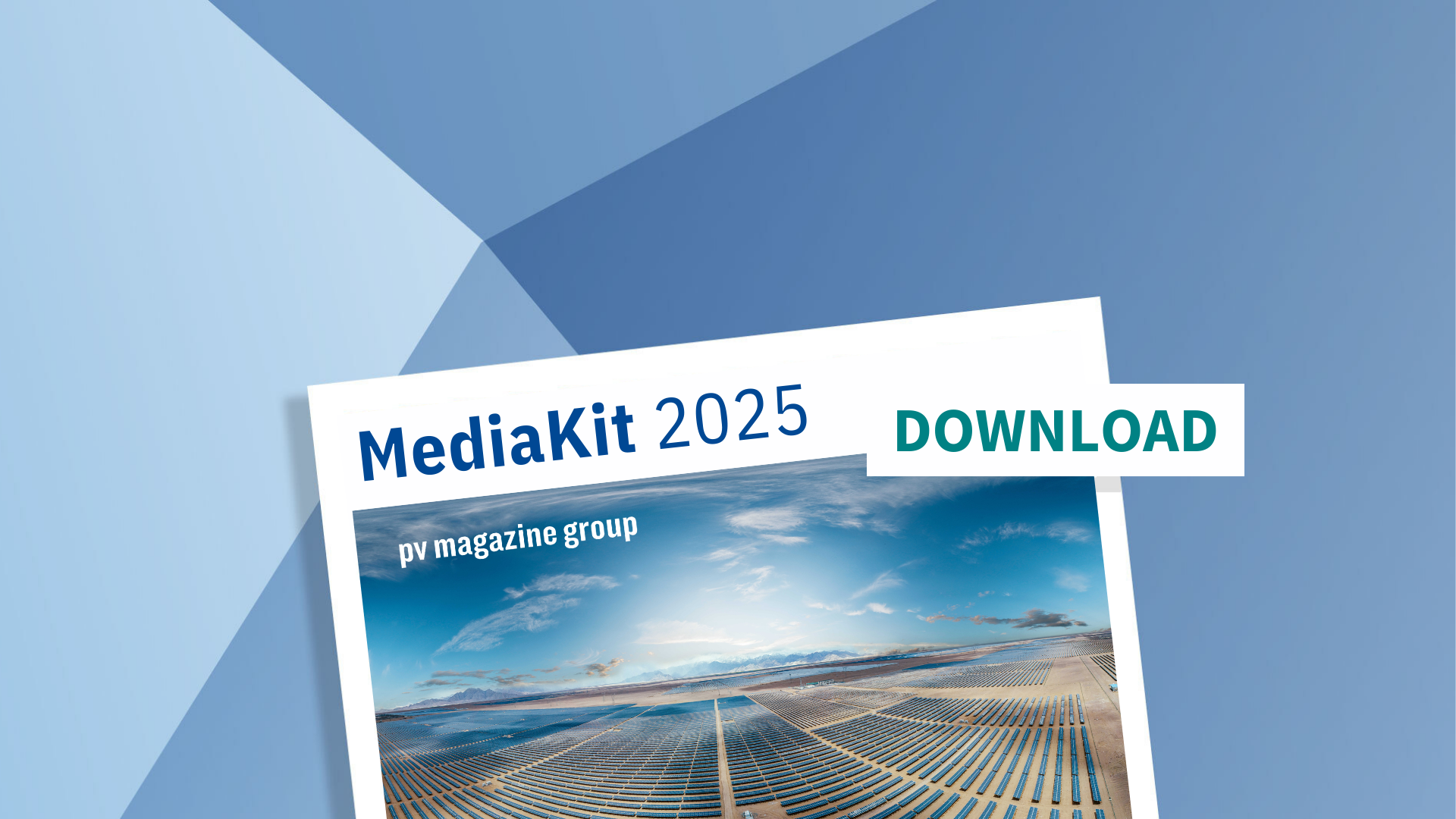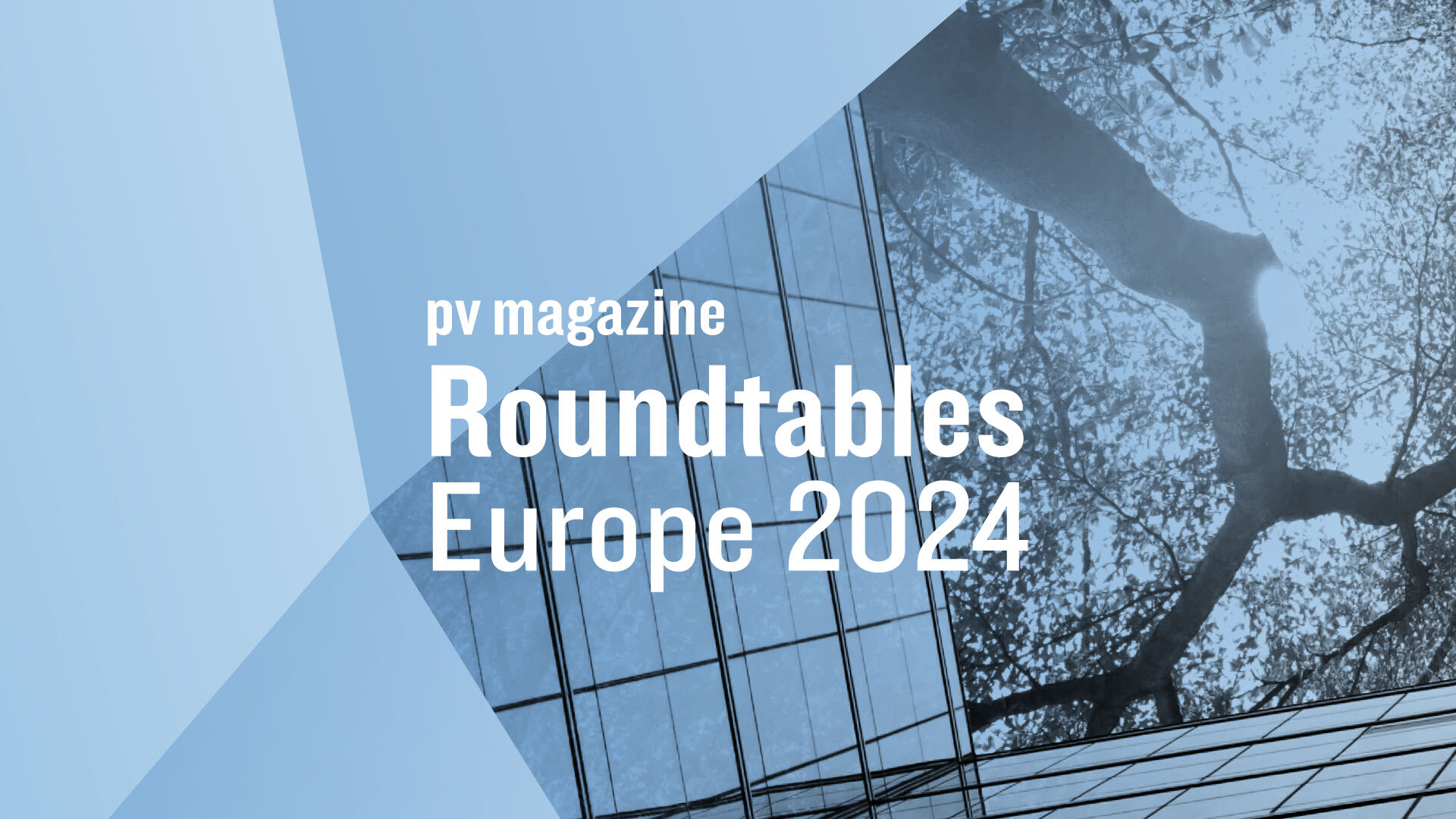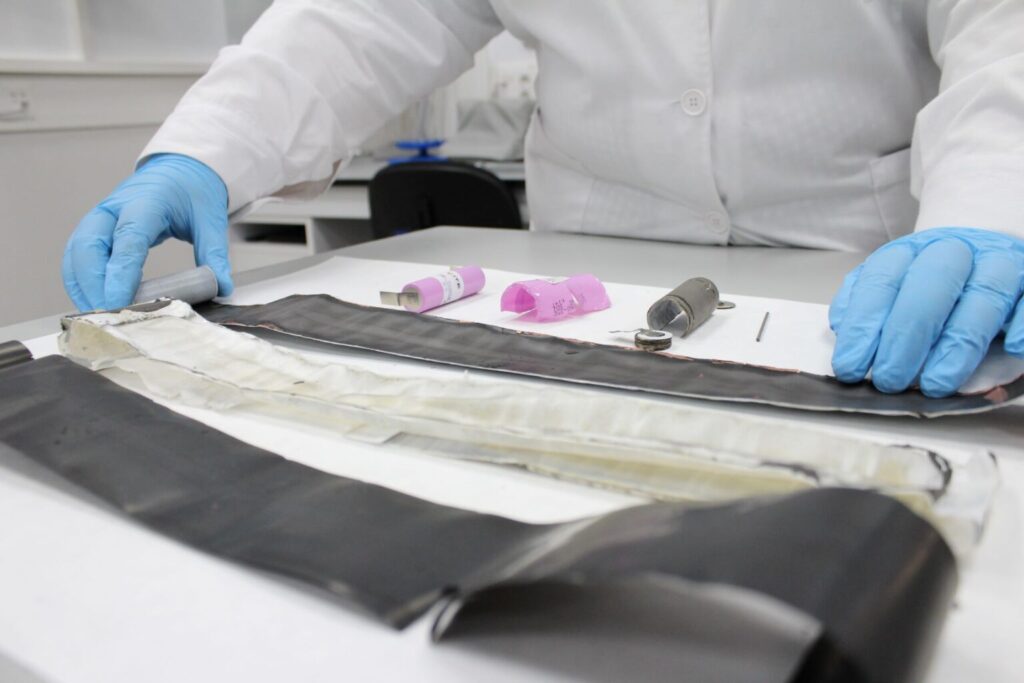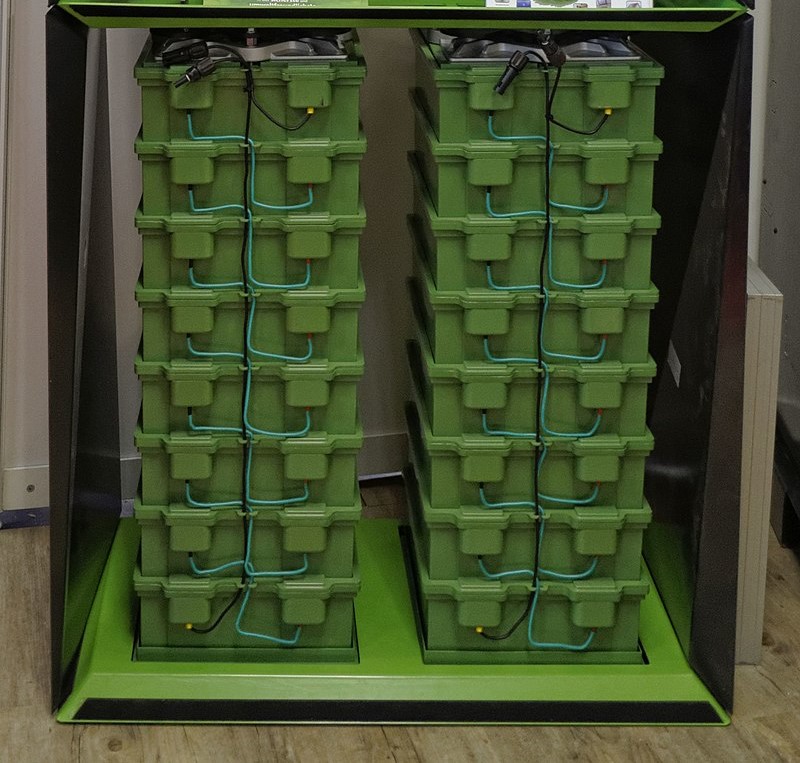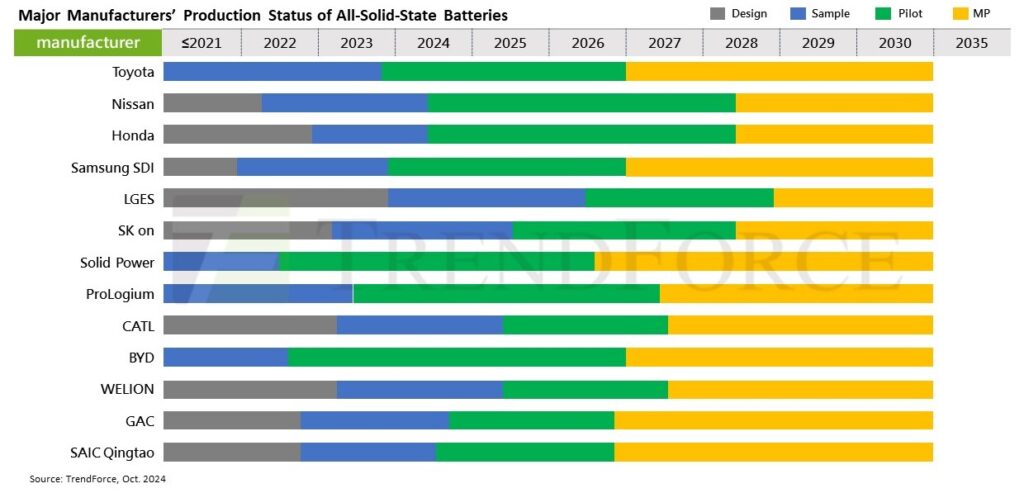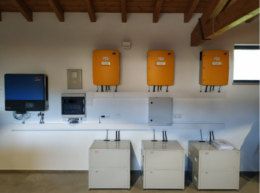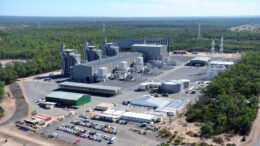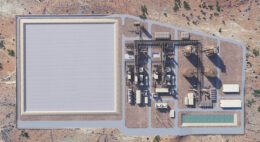Spain sets new 2030 energy storage target of 22.5 GW

Spain’s Council of Ministers has approved a Royal Decree updating the National Integrated Energy and Climate Plan (PNIEC 2023-30) in response to a proposal from the Ministry for the Ecological Transition and the Demographic Challenge (MITECO). The draft went through public consultation in mid-2023.
A key focus of the PNIEC 2023 is promoting renewables, storage, and demand management to enhance their integration. By 2030, Spain expects to install 22.5 GW of energy storage projects, including included battery energy storage, pumped hydropower and solar thermal plants.
The plan also aims for 76 GW of solar power, 62 GW of wind power, which includes 3 GW of offshore wind, along with 1.4 GW of biomass projects.
In addition, the new strategy includes a goal of 12 GW of electrolyzer capacity to produce green hydrogen. The final consumption target for renewable energy increases to 48%, with 81% of electricity generation, while the energy efficiency target rises to 43%.
APPA Renovables celebrated the new targets with a measure of caution.
“Ambitious objectives are good news for the sector, as long as they are accompanied by a strategy to achieve them. Our country has renewable resources that place it in a privileged position to undertake the energy transition and reduce our dependence on fossil fuels,” said José María González Moya, general manager of APPA Renovables. “But the reality is that more concrete and attractive measures must be put on the table to take advantage of these energies if we want to achieve such ambitious goals.”
José Donoso, general director of Spanish trade group UNEF, said that the challenge is ambitious but necessary to achieve decarbonization and underpin the nation’s current competitive advantage.
“Spain is facing, for the first time in history, an industrial revolution with a competitive advantage in the price of electricity, since, thanks to photovoltaics, we can produce electricity at less than half the price of the European average,” added Donoso.
From pv magazine Spain

